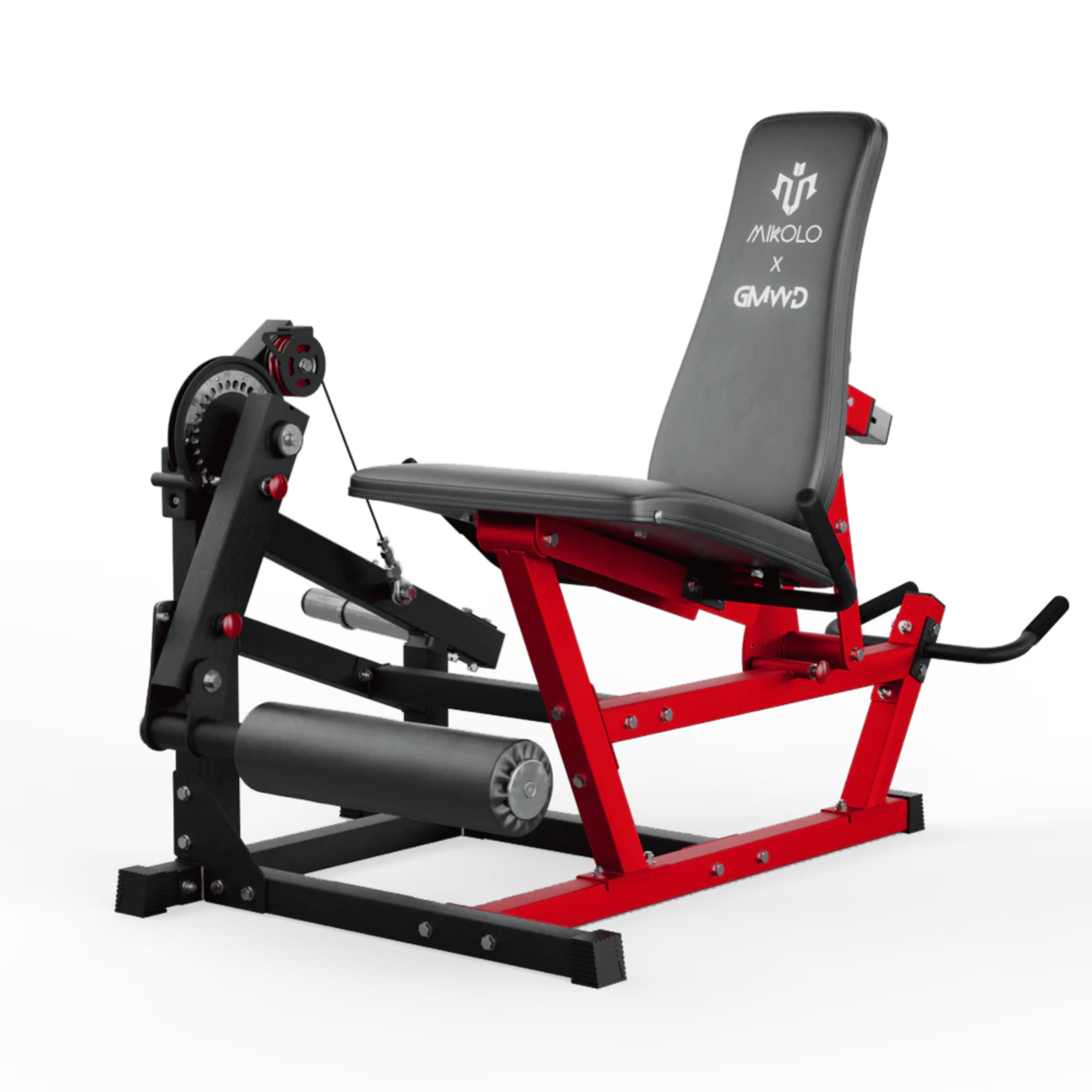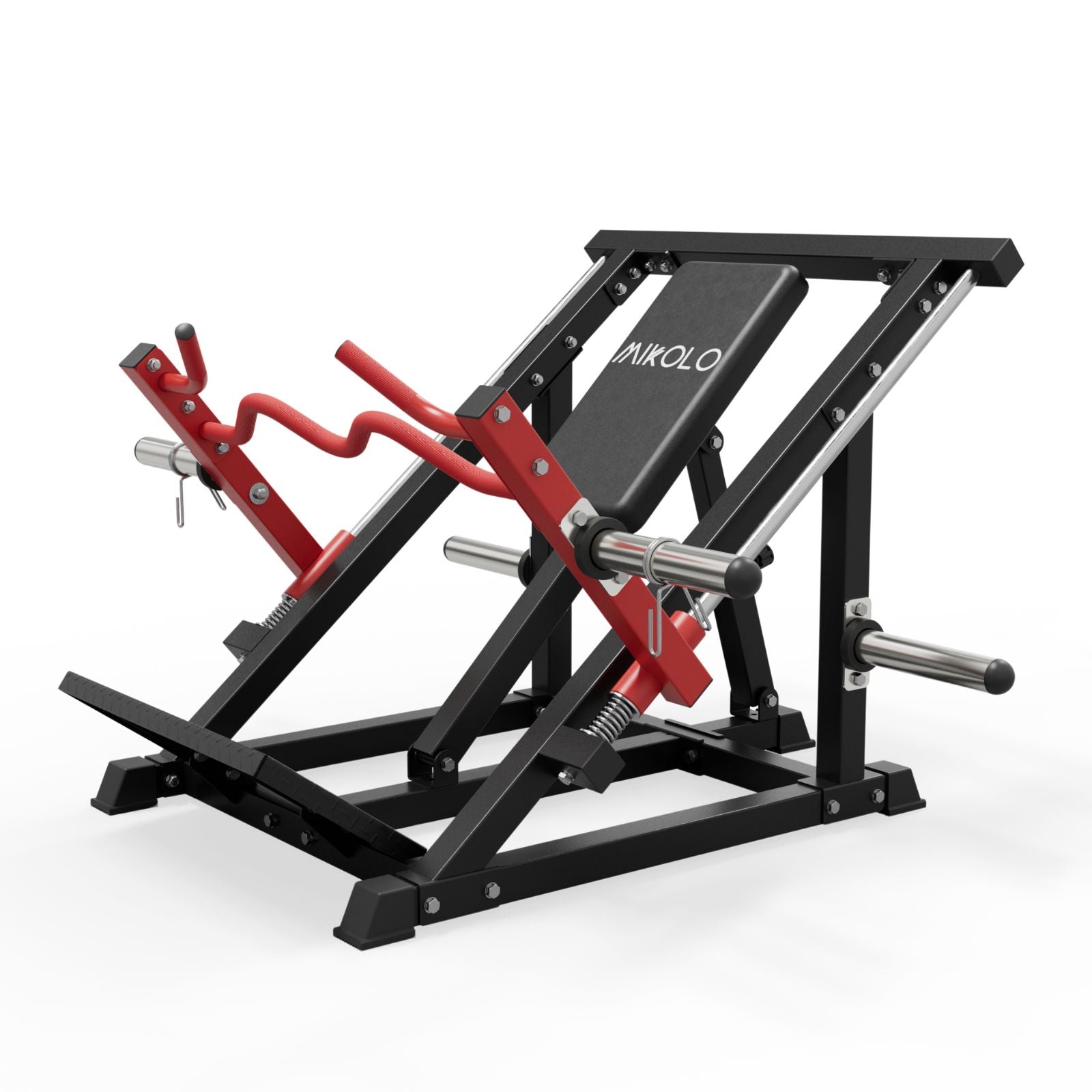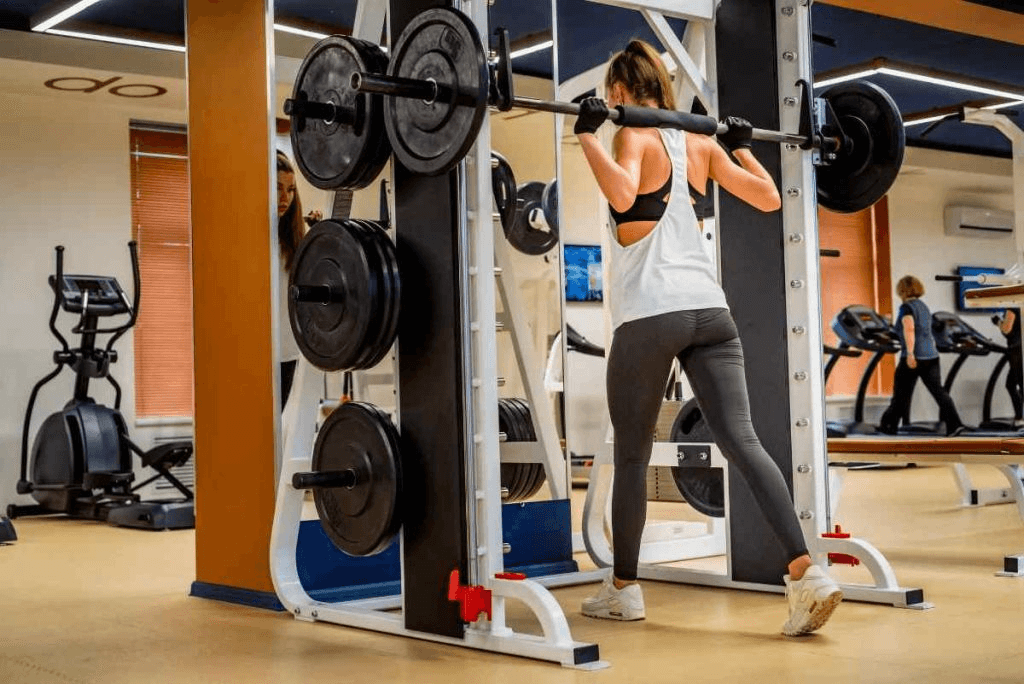When it comes to building an impressive chest, the lower pecs are often overlooked. Yet developing this area is key to achieving a full, balanced, and well-sculpted chest. Whether you're training for aesthetics or functional strength, focusing on the lower chest with strategic movements can make all the difference.
Why Training the Lower Chest Matters
The chest is primarily made up of the pectoralis major, a large muscle with two heads: the clavicular (upper) and sternal (lower) portions. While most popular workouts target the upper and middle areas, the lower chest is crucial for creating that defined, shelf-like appearance many lifters seek. Weak lower pecs can lead to an underdeveloped look, even if the upper chest is well-trained.
Top Lower Chest Exercises to Add to Your Routine
Here are some of the most effective movements to specifically target and develop the lower chest.
1. Decline Bench Press
Why it works: This classic compound lift puts your body at an angle that directly hits the lower portion of the pectorals.
How to do it: Lie on a decline bench, grip the bar slightly wider than shoulder-width, and press upward in a controlled motion. Lower the bar slowly to the lower part of your chest.
Pro tip: Keep your core tight to protect your back and prevent unnecessary arching.
2. Cable Crossover (Low-to-High Variation)
Why it works: This movement creates constant tension and allows you to isolate the lower pecs effectively.
How to do it: Stand between two low-set pulleys, grab the handles, and pull them upward and inward toward shoulder height, squeezing at the top.
This is often considered the best cable exercise for lower chest due to its ability to mimic the natural contraction arc of the lower pecs.
3. Dips (Chest-Focused)
Why it works: When done with a forward lean, dips become one of the best exercises to build the lower chest.
How to do it: Use parallel bars, lean forward with your chest slightly down, and lower yourself until your upper arms are parallel to the ground. Push back up through your palms.
Pro tip: If bodyweight becomes too easy, add a dip belt to increase resistance.
4. Incline Push-Up (Feet Elevated)
Why it works: This simple yet underrated movement is great for beginners or for burnout sets at the end of a workout.
How to do it: Place your feet on a raised platform and perform push-ups as usual. The elevation shifts focus to the lower portion of your chest.
5. Decline Dumbbell Press
Why it works: Using dumbbells provides a greater range of motion than a barbell, helping to activate the lower chest more deeply.
How to do it: On a decline bench, hold the dumbbells at chest level and press upward, bringing them together at the top. Control the movement on the way down.
Many lifters find this the best chest exercise for lower pec engagement, especially when they struggle with barbell form.
My Experience with Lower Chest Training
Years ago, I noticed that despite consistent chest training, my upper chest was growing while the area below remained flat. After consulting with a more seasoned lifter, I realized my routine lacked decline angles and isolated lower chest work. I incorporated dips and low cable crossovers three times a week—and the transformation was clear within months. My chest developed a fuller shape, and the separation between the pecs and core became much more visible.
What I learned is this: it’s not about lifting the heaviest weight, but about hitting the muscle from the right angle with proper form. Consistency, smart programming, and paying attention to what your body needs is what delivers results.
Building Your Best Under Chest Workout
To maximize your results, consider this simple lower chest-focused push day:
Lower Chest Workout Template
-
Decline Bench Press: 4 sets of 8–10 reps
-
Chest Dips (Weighted if possible): 3 sets to failure
-
Low-to-High Cable Crossovers: 3 sets of 12–15 reps
-
Incline Push-Ups: 3 sets to burnout
-
Optional Finisher – Decline Dumbbell Press: 3 sets of 10 reps
Final Tips for a Balanced Chest
-
Prioritize form over weight—targeting the lower pecs is about angle and contraction.
-
Integrate progressive overload—gradually increase resistance or reps over time.
-
Don’t neglect upper and mid-chest work—balance is key for strength and symmetry.
-
Allow for rest and recovery—chest muscles need time to repair and grow.
Incorporate these movements and strategies into your weekly routine, and over time, you’ll build the strong, defined lower chest you’ve been striving for.










































Leave a comment
This site is protected by hCaptcha and the hCaptcha Privacy Policy and Terms of Service apply.